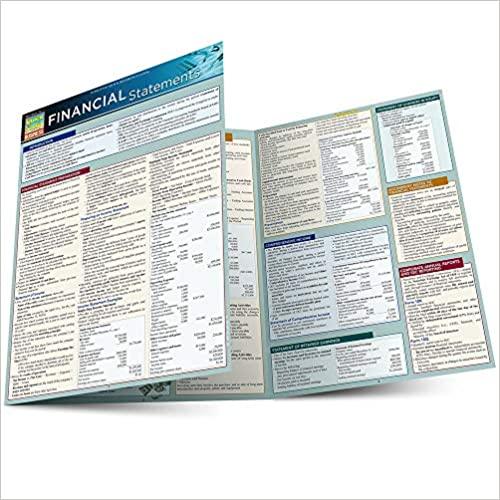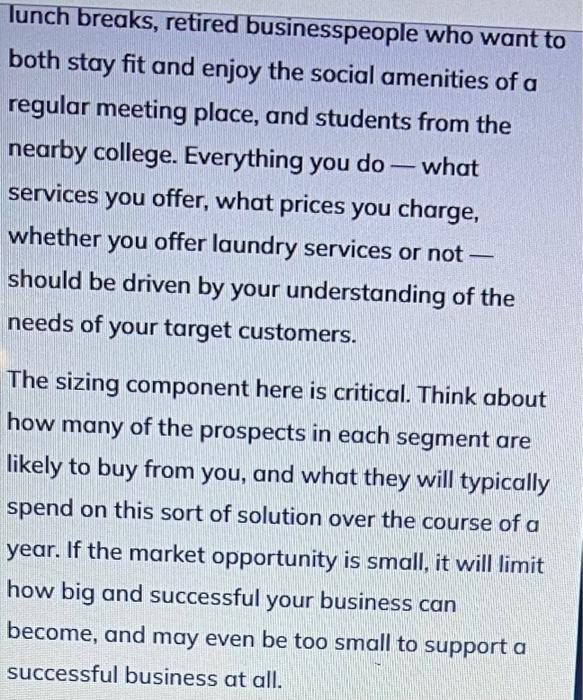
5
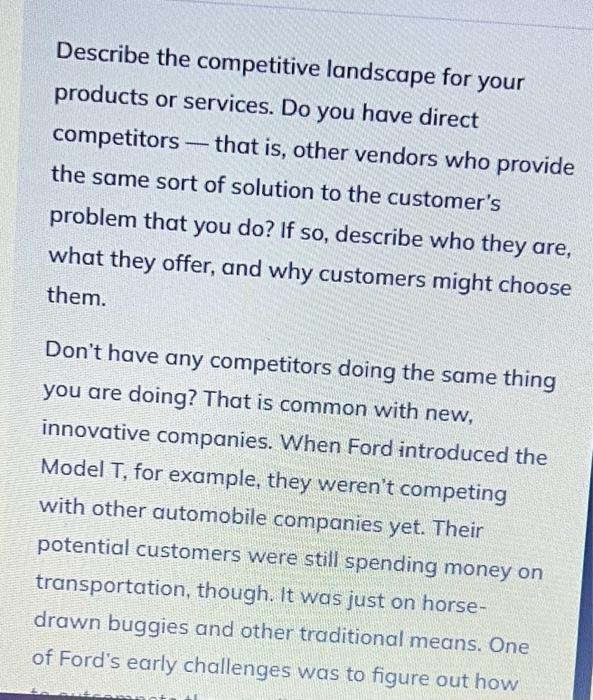
6
Summarize what you wrote in the Company chapter. What is it about your company - your skills, experience, subject-matter expertise, business acumen, team, innovations, industry connections, key advisors, and so on - that makes you the right ones to take advantage of this market opportunity? Summarize your financial goals. How much revenue do you expect to make in the first year of your business? What kind of revenue growth do you expect in the following years? When do you expect your business to be profitable, or do you have a strategic reason for running at a loss instead? What are the key metrics that you need to watch? Your readers can see the detail of your projected financial statements later in the plan. Just use this topic to review the highlights of your forecast and encourage your reader to want to learn more about your company. Summarize what you wrote in the Financing section. How do you plan to fund your business? Is it already self sufficient, or will you need to seek outside financing or invest your own money to get it started or grow it to the next level? If you don't plan to use any financing, you can note that here or just remove this section from your plan. Describe your target market. Who is your ideal customer? Who are the people or companies who suffer from the problem that you are solving? How do they break down into segments - that is, recognizable customer types with similar demographics, needs, and expectations? How many potential customers does your research suggest there are in each segment? Say, for example, that you run a downtown fitness center. In getting to know your market, you might find three common types of customers: urban professionals who want to exercise on their lunch breaks, retired businesspeople who want to both stay fit and enjoy the social amenities of a regular meeting place, and students from the nearby college. Everything you do - what lunch breaks, retired businesspeople who want to both stay fit and enjoy the social amenities of a regular meeting place, and students from the nearby college. Everything you do - what services you offer, what prices you charge, whether you offer laundry services or not should be driven by your understanding of the needs of your target customers. The sizing component here is critical. Think about how many of the prospects in each segment are likely to buy from you, and what they will typically spend on this sort of solution over the course of a year. If the market opportunity is small, it will limit how big and successful your business can become, and may even be too small to support a successful business at all. Describe the competitive landscape for your products or services. Do you have direct competitors - that is, other vendors who provide the same sort of solution to the customer's problem that you do? If so, describe who they are, what they offer, and why customers might choose them. Don't have any competitors doing the same thing you are doing? That is common with new, innovative companies. When Ford introduced the Model T, for example, they weren't competing with other automobile companies yet. Their potential customers were still spending money on transportation, though. It was just on horsedrawn buggies and other traditional means. One of Ford's early challenges was to figure out how
 1
1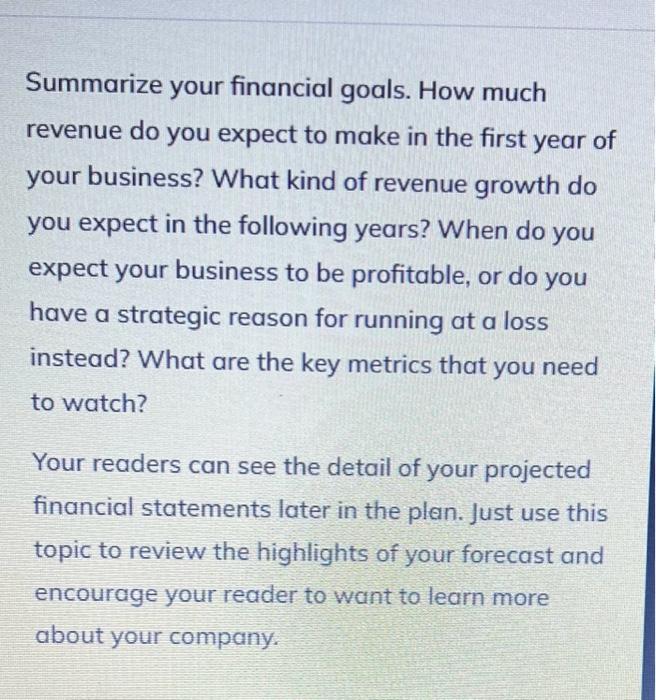 2
2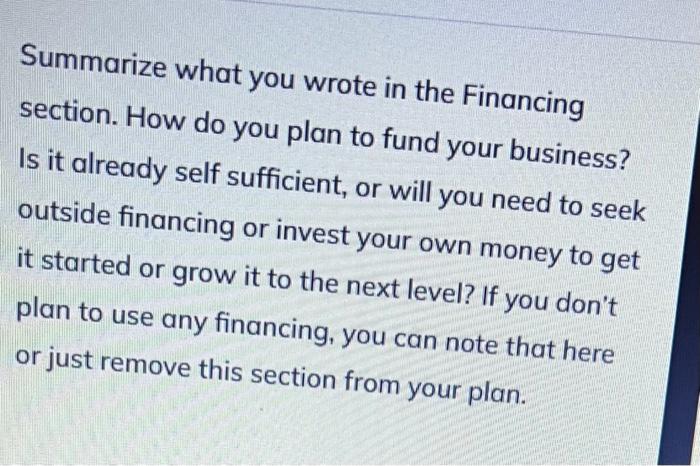 3
3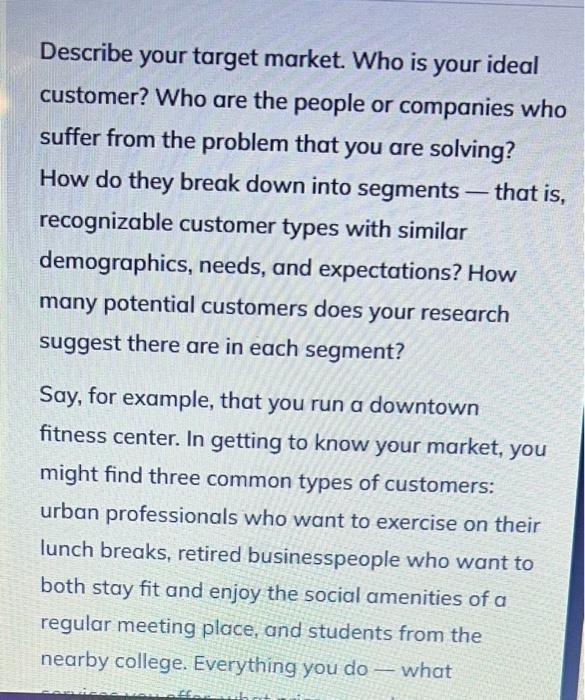 4
4 5
5 6
6





